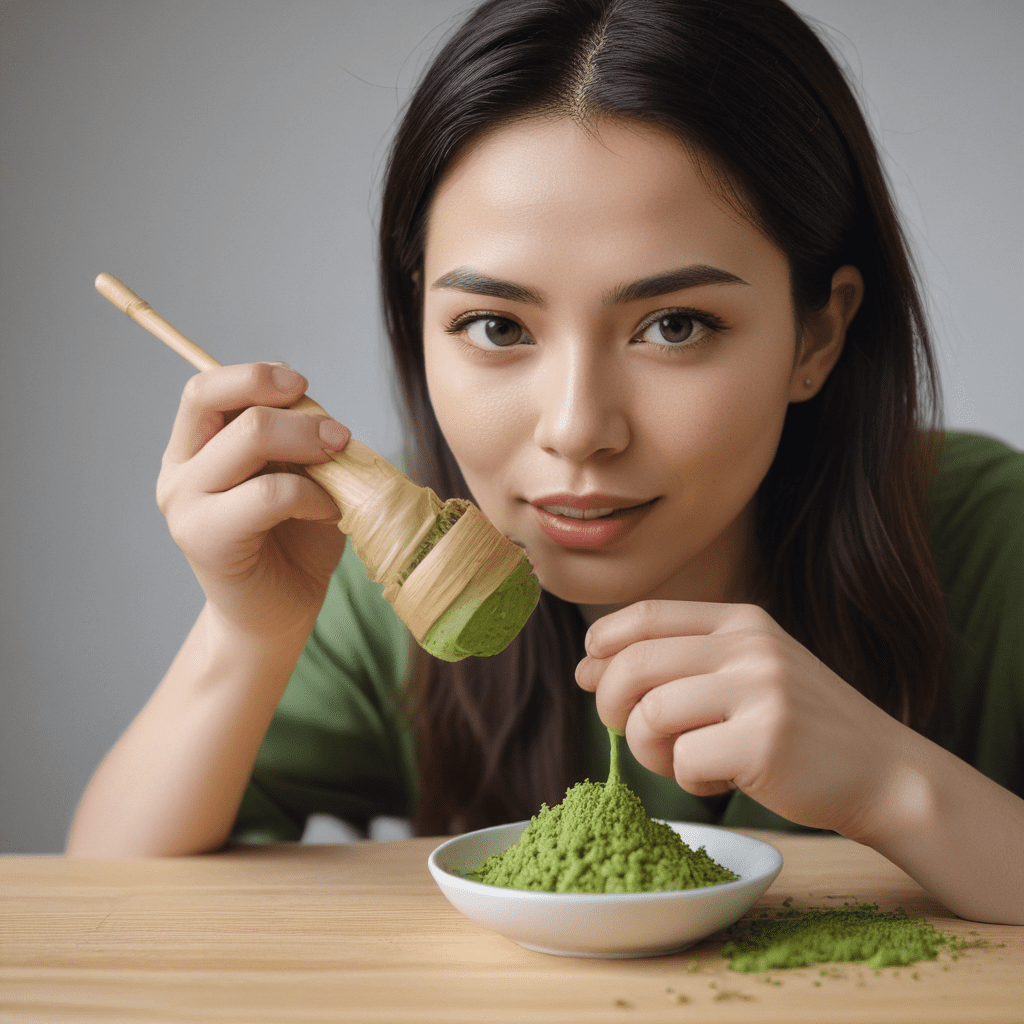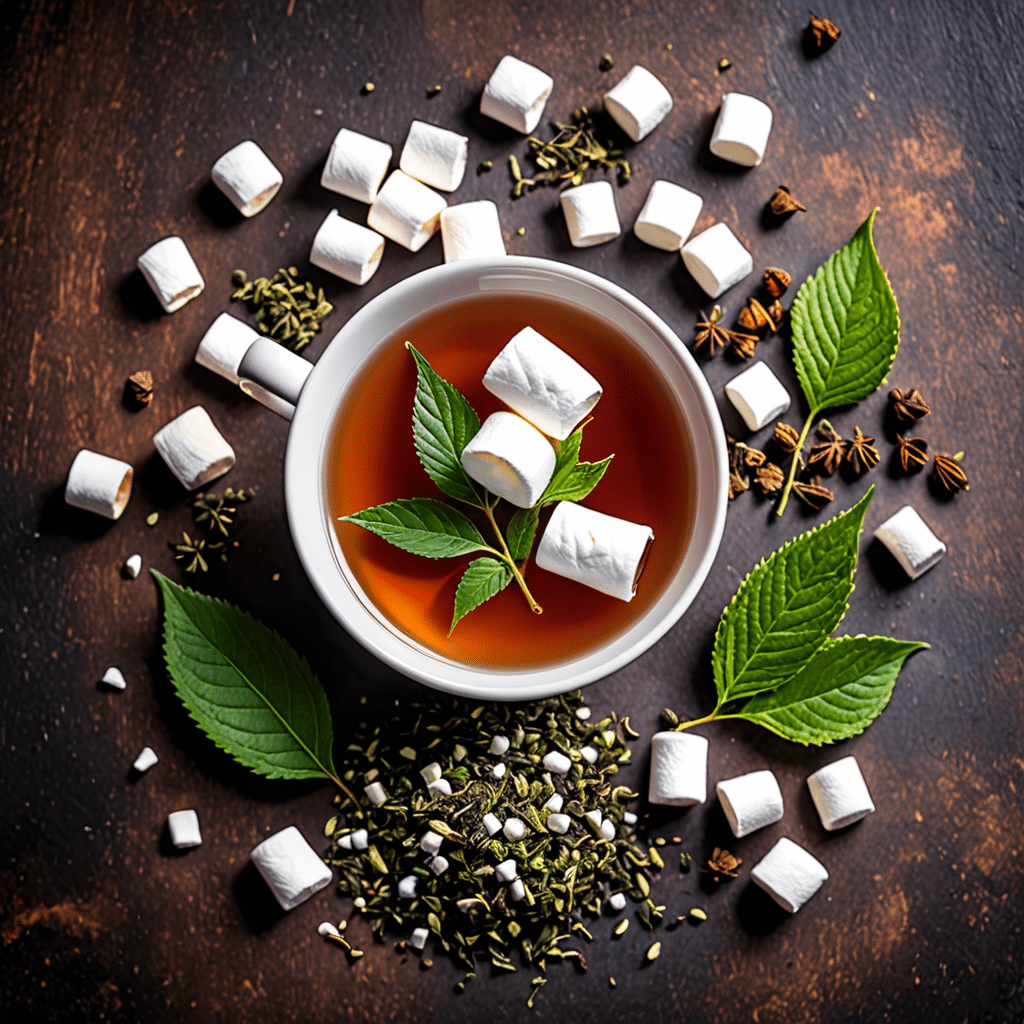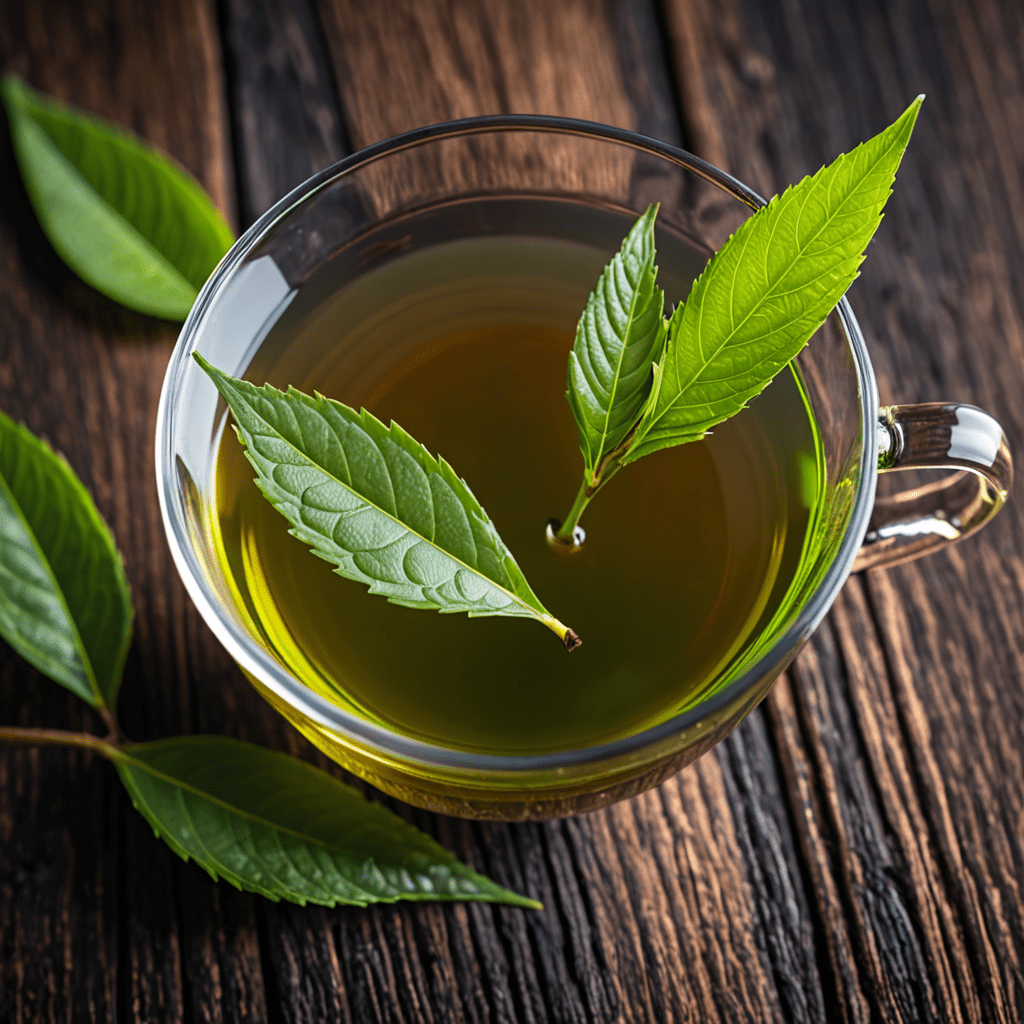Introduction to Matcha
Matcha is a finely ground green tea powder made from high-quality tea leaves. It is a versatile ingredient that can be used in a variety of culinary applications, from lattes and smoothies to cakes and cookies. Matcha is also known for its numerous health benefits, including its high antioxidant content and ability to boost metabolism.
Matcha Brewing Techniques
The traditional way to brew matcha is using a bamboo whisk and a tea bowl. Place a scoop of matcha powder into the tea bowl and add a small amount of hot water (around 175 degrees Fahrenheit). Whisk briskly until the matcha is dissolved and a frothy layer forms on top. You can also use a milk frother to create a creamy matcha latte.
Visual Examination of Matcha
The visual examination of matcha can provide important clues about its quality and grade. High-quality matcha should be a vibrant green color with no signs of yellowing or browning. The powder should be fine and smooth, with no clumps or lumps. The froth that forms on top of the matcha after whisking should be thick and creamy.
Aroma and Fragrance of Matcha
The aroma and fragrance of matcha can vary depending on the grade and quality of the tea. High-quality matcha should have a fresh, grassy scent with no signs of smokiness or bitterness. The fragrance of matcha should be pleasant and inviting, not overpowering or pungent.
Tasting Matcha: Initial Impressions
The initial taste of matcha should be smooth and creamy, with a slight sweetness and a hint of bitterness. The umami flavor of matcha should be present, but not overwhelming. As you continue to sip your matcha, you may notice subtle changes in the flavor profile, including notes of nuttiness, seaweed, or even chocolate.
Developing Your Palate: Umami, Sweetness, and Bitterness
Matcha's flavor profile is composed of three primary elements: umami, sweetness, and bitterness. Umami, often described as savory or meaty, is a hallmark of high-quality matcha. The sweetness in matcha is subtle and delicate, balancing the bitterness that can sometimes be present. The bitterness in matcha is typically minimal and should not overpower the other flavors.
Understanding Different Matcha Grades
Matcha is graded according to its quality, with ceremonial-grade matcha being considered the highest grade. Ceremonial-grade matcha is made from the youngest and most tender tea leaves and is known for its vibrant color, smooth texture, and rich flavor. Other grades of matcha include premium-grade, culinary-grade, and economy-grade. Each grade has its own unique characteristics and price point.
Matcha and Food Pairing
Matcha's versatility extends beyond beverages, as it can also be incorporated into various culinary creations. Matcha pairs well with sweet flavors, such as chocolate, fruit, and honey, as well as savory ingredients like nuts, seeds, and cheese. Its earthy notes can complement dishes like grilled salmon, avocado toast, or green salads. Experimenting with different food pairings can enhance the enjoyment of matcha and elevate your culinary experiences.
Cupping Matcha: An Advanced Tasting Method
Cupping is an advanced tasting method used by tea professionals to evaluate the quality and characteristics of different matcha samples. It involves brewing several samples of matcha simultaneously and comparing their aromas, flavors, and appearances. This method allows for a more nuanced understanding of matcha's complexities and can help tea enthusiasts refine their palates and preferences.
Matcha Tasting Vocabulary and Terminology
To fully appreciate and describe the sensory experience of matcha, it's helpful to familiarize yourself with some specific tasting terms and vocabulary:
- Astringency: A drying or puckering sensation on the tongue.
- Body: The weight and texture of matcha on the palate.
- Clean: A term used to describe a matcha with no off-flavors or bitterness.
- Floral: Notes of flowers, such as jasmine or lavender.
- Grassy: A vegetal or herbaceous flavor characteristic of matcha.
- Umami: A savory or meaty flavor that is a hallmark of high-quality matcha.
FAQs
Q: What is the ideal temperature for brewing matcha?
- A: Around 175 degrees Fahrenheit.
Q: Can I use tap water to brew matcha?
- A: Filtered or spring water is recommended for optimal flavor.
Q: How long should I whisk matcha for?
- A: Whisk vigorously for about 20-30 seconds until a frothy layer forms.
Q: How much caffeine is in a serving of matcha?
- A: About 70mg per serving, which is higher than regular green tea but lower than coffee.


